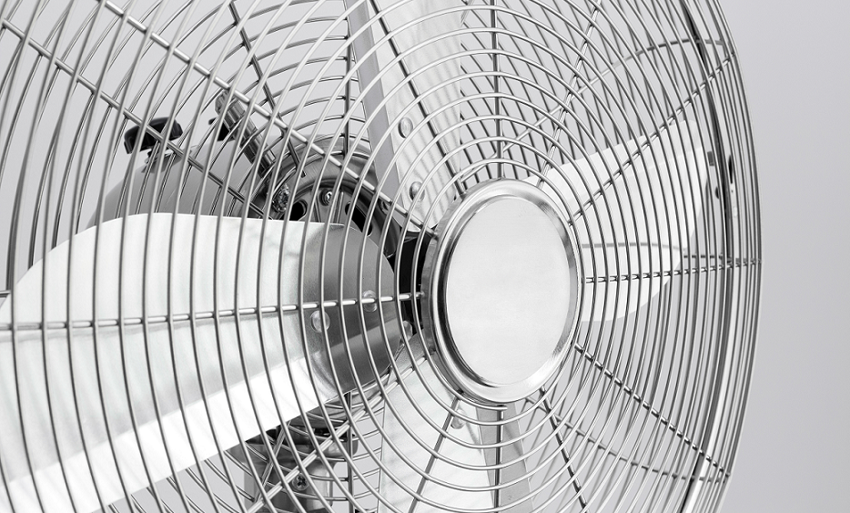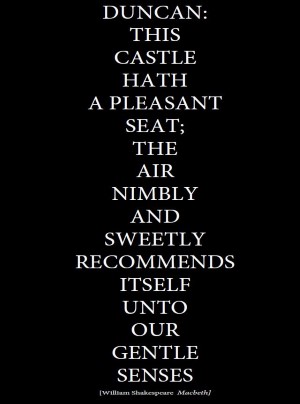The need for mechanical ventilation
There are several ways to bring fresh air into the buildings - using technical systems. Ventilation can be mechanical (using mechanical equipment) or hybrid, also known as mixed-mode (a combination of the previous two).
Types of mechanical ventilation
Mechanical ventilation is the intentional fan driven flow of outdoor air into a building. Mechanical ventilation is often provided by equipment that is also used to heat and cool a space.
Hybrid (or mixed-mode) ventilation that combines natural ventilation and powered ventilation. This process allows for greater responsiveness to external conditions whiles keeping the space comfortable throughout the day and in different seasons.

Requirements for mechanical ventilation
From the viewpoint of working conditions & comfortable living, good and efficient ventilation should meet various functional requirements — all based on various parameters and control systems. However, we need to always ensure an efficient, continuous and accurate of ventilating a building.
Designing a ventilation system
When choosing/designing a ventilation system, factors to consider include but are not limited to:
- Type of building/structure
- Location of building and outdoor climate
- Usage of the space
- Volume of the area
- Number of airflow changes required per 24 hours
- How exhaust air will be vented
- Structural requirements and availabilities, electrical requirements and availabilities
- Budget available
Rate of supply of fresh air
The quantity of fresh air to be supplied to a room depending on the use of a building. The rate of supplying fresh air is decided by considering several factors such as a number of occupants, type of work, period of working, the age of occupants, etc.
Air movement (or air changes)
Air has to be moved or changed to cause proper ventilation of the space. The rate of air change depends on the number of persons inside, room temperature, nature of the work, different room categories, and activities, etc.
Air characteristics
- It is desirable that the incoming air for ventilation should be cool in summer and be warm in winter — before it enters the room.
- Also the velocity of air is very important, including ventilation strategy, distribution pattern, etc.
- The air contains certain amount of humidity.
- Air quality plays a significant role in the comfort of people affected by a ventilation system.
Fundamentals of mechanical ventilation
Mechanical ventilation is one of the systems that keeps a habitable environment.
Purpose of mechanical ventilation:
- To heat or cool the incoming air.
- To circulate/move the air in a room.
- To supply/exhaust the required air amount in the room.
Basic information about mechanical ventilation:
- Ventilation is operable independent on exterior conditions.
- Requires precise operation control.
- Provides temperature and humidity (and other sources) control.
Mechanical ventilation is based on pressure difference and caused by dynamic pressure of a mechanical device — fan/blower.
Ventilation consists of 3 main parts:
- Ventilation rate — the amount and quality of the outdoor air.
- Airflow direction — the flow of air within a building, from 'clean' to 'dirty' areas.
- Air distribution — the delivery of outside air and removal of pollutants.
Basic principles of mechanical ventilation:
- Overpressure ventilation
- Balanced ventilation
- Underpressure ventilation
Mechanical ventilation consists of several parts, i.e. air handling unit (AHU), ducts, air supply/exhaust devices, dampers, fan coils, heating/cooling unit, etc.
Centralised or decentralised systems
It highly depends on the system and the building.
Centralized system as a single ventilation system for larger buildings, family houses, small offices, etc. Lower energy consumption thanks to central controls based on constinuous monitoring of indoor air quality.
Decentralized system is ideal for smaller projects, such as kitchen, bathroom or toilet renovations or home extensions.
Important terminology used in ventilation
A mechanical ventilation system strikes the perfect balance — the demand-driven system ventilates only where and when it needs to, saving energy along the way. And you get to enjoy fresh indoor air at all times.
Watch: Visualising the invisible — Ventilation
Lecturers: Åsa Norén-Lundh & Caroline Jacobsson
Webinar recording from Swegon Air Academy, 2022.
In this video you will learn all about ventilation, meeting demands for both comfort and sustainability targets, and keeping a good energy efficiency.
- What are the key technical ventilation principles?
- What is air exchange and why it is important?
- What is energy exchange and how can we improve it?
- How can we increase comfort, efficiency, and wellbeing through various methods of ventilation?
CAV, VAV and DCV
To minimise energy consumption of the building, ventilation technology evolves over the years upgrading the HVAC systems from the constant air volume (CAV) to variable air volume (VAV) to a more advanced system called demand-controlled ventilation (DCV). From a system that handles continuously the whole air volume (CAV) to a system that handles the strictly demanded air volume (DCV) which ensures a good indoor air quality including thermal and acoustic comfort inside a building.
HVAC system can be categorized into two types:
- Constant air volume (CAV) — ventilation with constant airflow controlled by chronological management (e.g. ON/OFF) or control of supply/extract temperatures (and often also humidity control).
- Variable air volume (VAV) — the control is managed in a manual or continuous mode with prefixed models or time steps.
- Demand-controlled ventilation (DCV) system is designed with the aim of supply a quantity of fresh air fitted with the need in every situation, ensuring the right quantity of fresh airflow and right environmental conditions in terms of relative humidity and temperature.

Demand-controlled ventilation — Case study on comfort and energy
The purpose of a heating, ventilation and air conditioning (HVAC) system is to provide continuously the best indoor environmental conditions (IEQ) in terms of temperature and relative humidity at the lowest energy costs as possible. Using advanced simulation tools, different types of HVAC systems can be evaluated, such as a constant air volume (CAV), a variable air volume (VAV) and a demand-controlled ventilation (DCV). The goal si to evaluate the energy saving, economic advantages (payback time) for different solutions.
Download our Research 'Demand-controlled ventilation — Case study on comfort and energy'
Download AIR by Swegon Air Academy
The aim of the book is to provide insights into the factors and circumstances, that significantly influence the creation of good indoor climates and energy-efficient ventilation solutions. The contributing authors were chosen among national and international experts. The chapters have been written at a popular science level so readers can readily understand the content and make their own decisions.
The book has over 600 pages and is divided into five sections: Ventilare necesse est, Economic and social responsibility, Energy and the outdoor environment, Indoor environment in a wider sense, and Air handling processes and the indoor climate.
Download the book AIR Swegon Air Academy

#ventilation
More about ventilation
If you are interested in more knowledge related to ventilation, here are some interesting readings for you:
A well-ventilated home or building is important for the health and comfort of those who live in them, as well as longevity of the structure itself. There are several options how to ventilate, natural, mechanical or a combination. You just need to choose a good system for you and your building.Anonymous